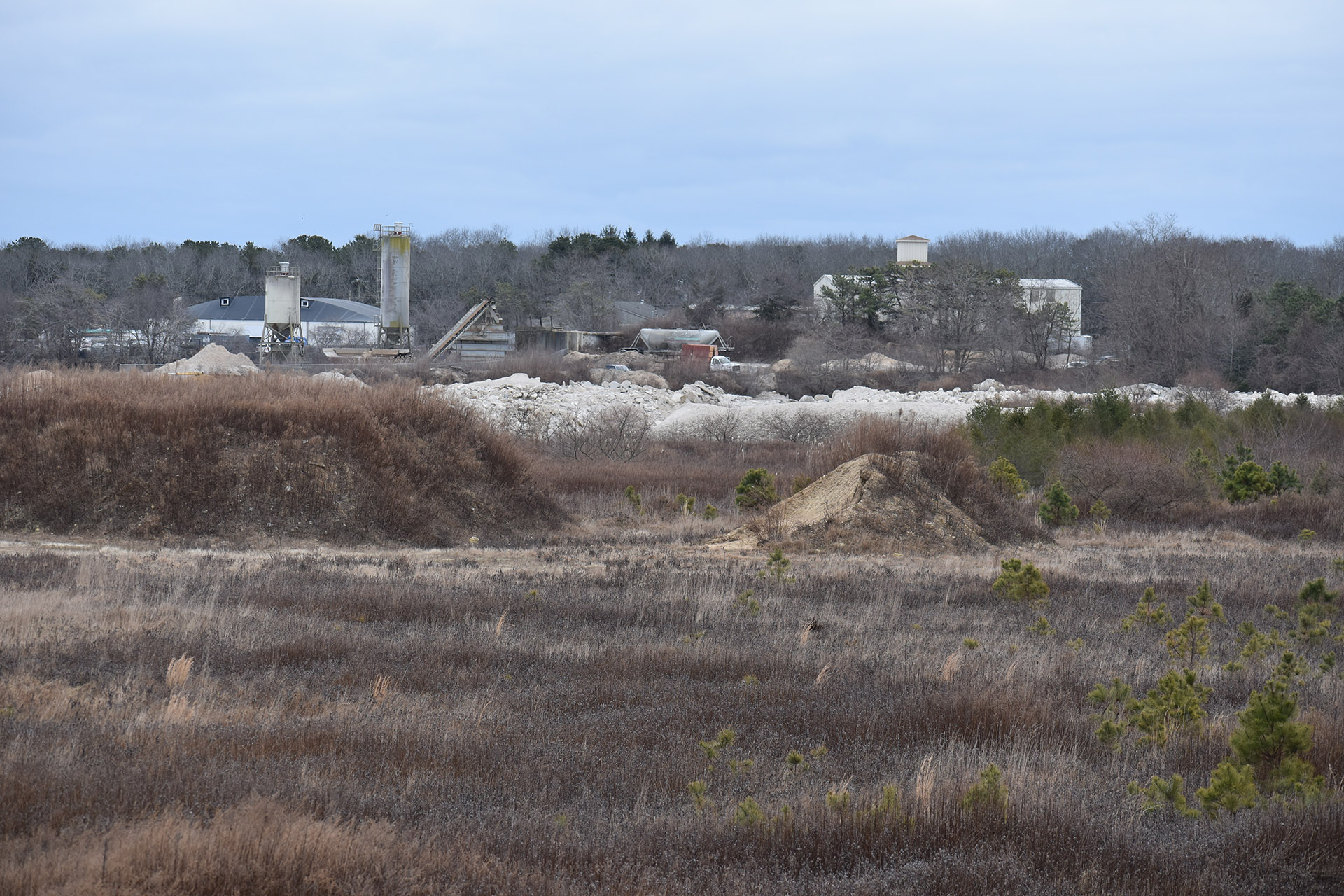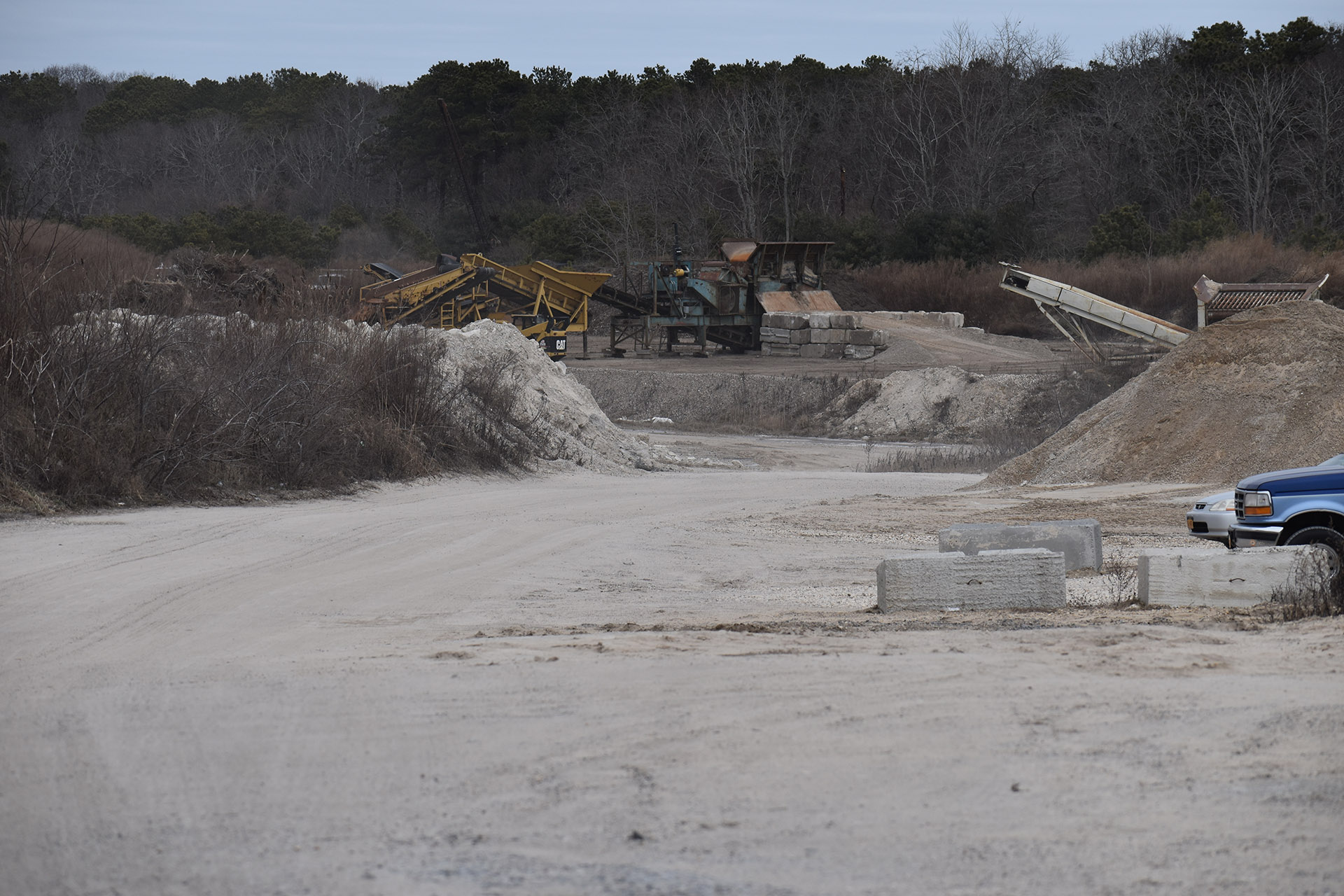First Steps For Wainscott Industrial Park


In an emergency meeting January 7, the East Hampton Town Planning Board hammered out a draft of a scoping document that will guide the owner of the proposed Wainscott Commercial Center, to be located over what is now a vast, sand and gravel mine north of Montauk Highway, when they compose their environmental impact statement for the project. Such a statement is required under the State Environmental Quality Review Act, because the board had previously declared, as lead agency, that the project could have significant adverse effects on the Wainscott area.
The owner of the old sand mine, John Tintle, is seeking to subdivide the over 70-acre site into 50 buildable lots, which are and will be zoned for business/industrial use. The current six individual properties on the site would be combined and then subdivided.
The meeting was required because the 60-day window since the board had made its positive SEQRA declaration was about to close. If the meeting had not been held, the draft document originally presented to the board would have held sway. The seven-member board, with three new members, including its chairman, Samuel Kramer, had asked the representative of the applicant, David Eagan, for more time to consider what it had been
presented with, but he declined.
The meeting lasted almost four hours, during which almost an hour was used by Eric Schantz, the town’s planner working on the project, to redraft the proposal Eagan had given the board to reflect the board’s concerns, as expressed at the meeting. Ultimately, for the sake of accuracy, the board approved the draft with handwritten revisions, which is now on file at the town clerk’s office.
The chief change in the document from what the board was initially presented with by the applicant involved ground and surface water, and soil testing. As written by Schantz, the soil and groundwater testing will have to follow state and county guidelines, with the Town of East Hampton reserving the right to conduct its own testing and examination of the site, as well as having final approval of the testing protocol.
In addition, Tintle will be required to provide an alternate plan more in keeping with the recently conducted hamlet study of Wainscott, which calls for, among other things, reducing overall density, a possible Long Island Rail Road train station at the norther edge of the site, and inclusion of current open parkland. The newly written portion of the document calls for “a plan which reflects the sketch provided in the draft hamlet study report for the subject property.”
The impact study will now also be required to include traffic and vehicle emission data, from the final result of the project.
The board voted 7-0 to accept the amended draft. According to Margueritte Wolffsohn, who heads the East Hampton Town Planning Department, the applicant can respond with the impact statement on his own schedule.
t.e@indyeastend.com



